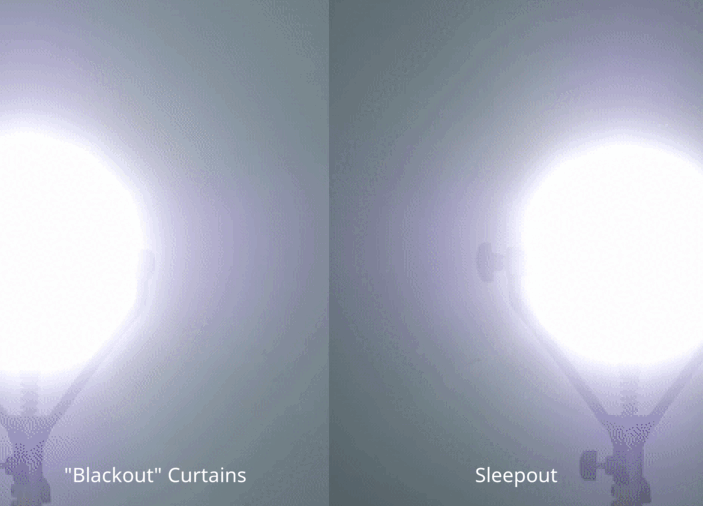Our eyes are extraordinary organs that adjust to different lighting conditions, allowing us to see in a variety of environments from bright sunlight to near-complete darkness. This ability to adjust, known as visual adaptation, is not just fascinating but also crucial for our daily living. But how exactly do our eyes manage this remarkable feat? Let’s delve into the science behind it and explore the role that blackout curtains, especially Sleepout Home Blackout Curtains, play in enhancing our visual comfort and sleep quality.
Understanding Visual Adaptation
Visual adaptation refers to the ability of our eyes to become less sensitive to light under bright conditions and more sensitive in the dark. This process involves both the physical structure of the eye and biochemical adjustments within it. The human eye has two main types of light-sensitive cells: rods and cones. Cones are active at higher light levels and are responsible for our color vision, while rods are more sensitive and enable us to see in low light.
When you move from a brightly lit environment into a darker one, initially you might not see much. However, within seconds, your eyes begin to adjust. This quick adjustment is primarily the result of your pupils dilating to allow more light to enter. Following this, a slower process begins where the sensitivity of the rods in your eyes increases, enhancing your ability to see in the dark—a process known as "dark adaptation."
The reverse happens when you move from a dark to a brightly lit area. The pupils constrict rapidly, and the cones regain their ability to function, reducing the sensitivity to light, a process known as "light adaptation." However, this immediate transition can often feel uncomfortable, leading to squinting or temporary blinding — a stark example of how sudden changes in light can affect our visual comfort.
Enhancing Comfort with Blackout Curtains
To mitigate some of these discomforts and protect the eyes, controlling indoor lighting with Sleepout Home Blackout Curtains can be highly beneficial. These curtains are designed to effectively block out unwanted light, ensuring that the adaptation of our eyes to dark environments can occur more comfortably at home. Whether you are preparing for sleep in the evening or enjoying a movie in a darkened living room, blackout curtains help maintain the desired level of darkness without the interruptions of street lights or the early morning sun.

The Benefits of Controlled Lighting
Using blackout curtains not only aids in visual adaptation but also has several other benefits:
- Improved Sleep Quality: By creating a darker environment, blackout curtains help signal to our body that it's time to sleep, aiding in the production of melatonin, the sleep hormone.
- Energy Efficiency: Blackout curtains can help insulate your home, keeping it warmer in winter and cooler in summer, thereby reducing energy costs.
- Protecting Furniture: These curtains can prevent sun damage to furniture and floors by blocking harmful UV rays.
The Science of Comfort
The science behind visual adaptation is a critical reminder of how interconnected our body systems are and how sensitive they can be to environmental changes. By incorporating tools like blackout curtains into our living environments, we can not only enhance our visual comfort but also improve our overall well-being.
In conclusion, understanding how our eyes adjust to light and dark can help us appreciate the importance of managing light exposure. Sleepout Home Blackout Curtains offer a simple yet effective way to control light in our homes, helping our eyes adapt smoothly to varying conditions and thus improving our quality of life.

Embrace the comfort and control of your home's lighting environment with Sleepout, and experience the difference that truly restful nights and comforting visuals can make in your life. SOCK.

